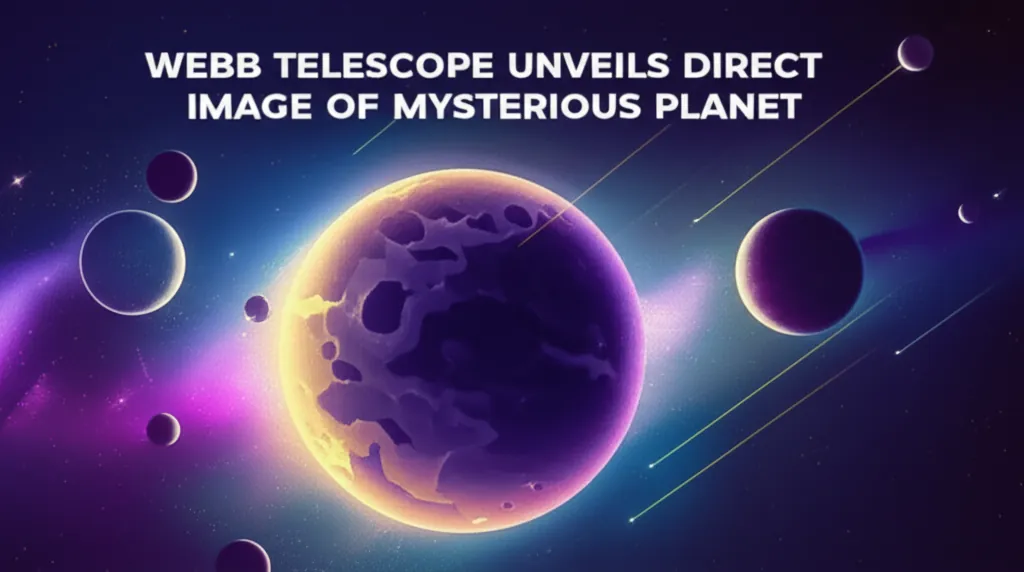Unveiling the Lost Mountains Beneath Antarctic Ice
The vast, icy expanse of Antarctica holds secrets that continue to intrigue scientists around the globe. Beneath its thick, frozen surface lies a world of ancient geological marvels, including a mountain range estimated to be 500 million years old. This extraordinary discovery is shedding light on the intricate dynamics between these hidden landforms and the sprawling ice sheets that cover them. The Transantarctic Mountains, stretching over 2,175 miles, have played a crucial role in the movement and thickness of Antarctic ice for millions of years. As researchers delve deeper, they uncover stories of Earth’s past climate and geological activity.
A Hidden Barrier Shaping a Continent
Hidden from view, the Transantarctic Mountains serve as a natural divide between two geologically distinct regions. To the east lies a stable craton over a billion years old, contrasting sharply with the active rift system in the west. This division has been pivotal in shaping the continent’s evolution over time. The mountains themselves have experienced numerous cycles of erosion and uplift, as evidenced by rock samples analyzed by scientists. These samples reveal a history of mountain-building events closely tied to tectonic movements.
Through a technique known as thermochronology, researchers have dated these geological occurrences, uncovering periods of intense activity that align with major glaciation events approximately 300 million years ago. The study of these ancient formations offers a window into the dynamic processes that have sculpted Antarctica’s landscape, providing valuable insights into the past and future of this frozen continent.
How Buried Mountains Guide Glaciers
Though buried beneath layers of ice, the Transantarctic Mountains act like invisible rails, guiding the flow of glaciers. Their peaks and valleys channel these massive ice rivers, dictating their speed and accumulation. Understanding this interaction between rock and ice is crucial for grasping the evolution of polar ice caps. Recent findings suggest the existence of an even older mountain chain beneath East Antarctica. Gravimetric and magnetic anomalies hint at its ancient origins, dating back to a time when Earth’s climate was dramatically different.
These hidden formations provide clues about past climates, as evidenced by fossilized trees emerging from retreating ice. These remnants speak of a warmer Antarctica, long before its current icy state. Such discoveries are essential for reconstructing the continent’s climatic history and predicting how it might respond to future environmental changes.

Scientific Tools Unlocking Ancient History
The study of the Transantarctic Mountains and other hidden geological formations in Antarctica is not just about understanding the past; it is a testament to the power of modern science. Techniques like thermochronology and gravimetric analysis allow scientists to peer into the deep history of our planet. By examining mineral samples, researchers can piece together a timeline of tectonic activities and glaciation cycles.
These scientific endeavors underscore the dynamic and ever-changing nature of Earth’s geology. As researchers continue to explore these ancient formations, they are not only unearthing the secrets of Antarctica but also expanding our understanding of Earth’s geological processes. The implications of this research extend far beyond the icy continent, offering insights into the forces that have shaped our planet over millions of years.
From Ancient Past to Future Climate
Antarctica’s buried geological features are more than just scientific curiosities; they hold significant implications for our understanding of climate change. The interplay between these ancient mountains and the ice sheets above them can influence global sea levels and climate patterns. As scientists uncover more about these hidden features, they gain a better grasp of how Antarctica’s ice might behave in a warming world.
The discovery of fossilized plant life and other evidence of past climates helps scientists develop models to predict future changes. These insights are critical for preparing for the potential impacts of climate change. As research continues, the question remains: How will the secrets of Antarctica’s hidden world influence our understanding of global climate dynamics?


